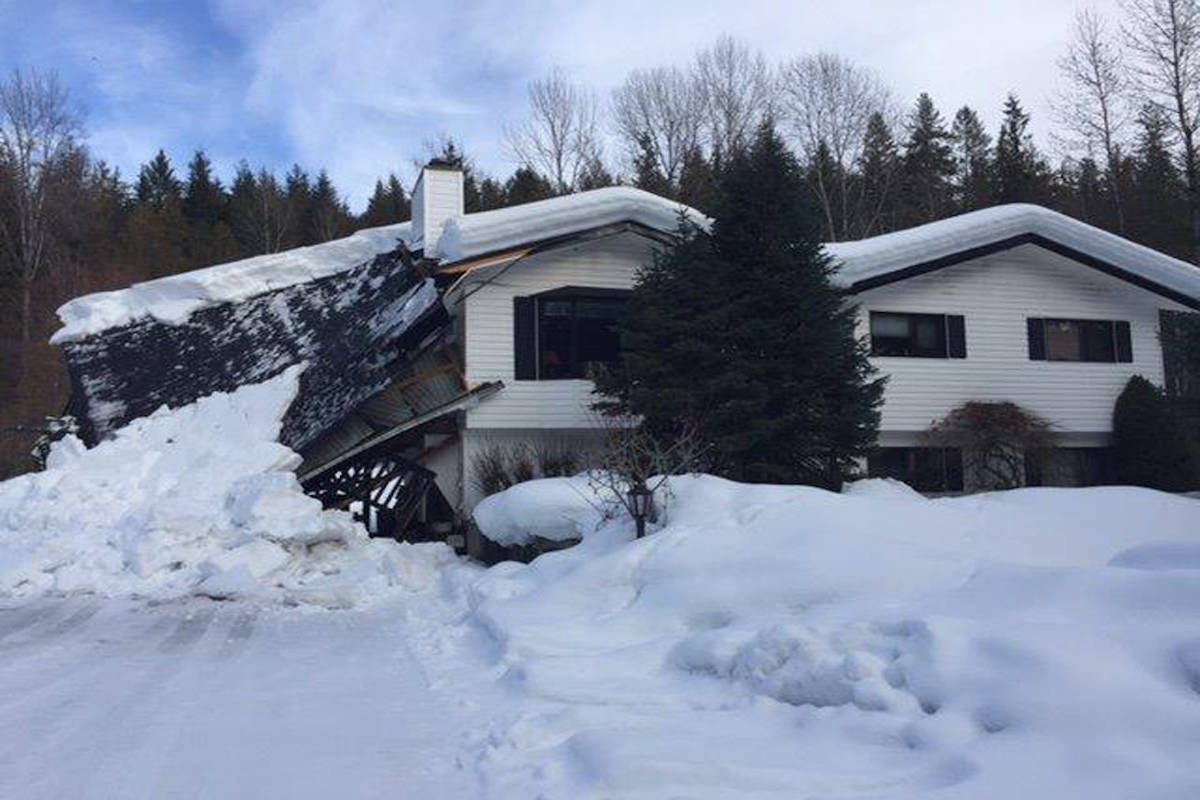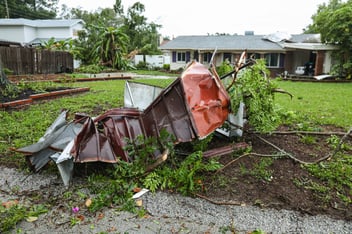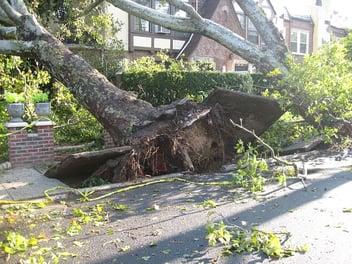Winter weather can be harsh and destructive to homes, so after a bad winter storm or a period of low temperatures, it is a good idea to check your home to make sure it did not sustain any damage from the weather. There are some areas of your house that are more vulnerable to this kind of damage than others, so they should be checked first.
The Roof
Snow and ice are not light, and your roof may have to hold up a substantial amount of both. Ice dams, which are formed from snow melting and refreezing, can force water under the roof and cause leaks and deteriorate shingles. The weight of the snow and ice can cause your roof to collapse. Storms, high winds, and hail can rip the shingles off, or weaken them enough to allow moisture beneath them.
Windows
The low temperatures in the winter, along with fluctuations in temperature, can cause the caulking in the windows to pull away, creating a draft. Reapplying the caulk is the easiest way to help with that.
On top of temperatures, hail can hit windows hard enough to break them, and heavy winds can send branches and debris crashing through them.
Gutters
Homeowners should, as a general rule, have their gutters cleaned twice a year to remove any debris. After a cold front, it is wise to check your gutters to ensure there is not an ice dam lingering. There is also the possibility of a bad enough storm causing your gutters to pull away from your home.
Pipes
Always make sure you check your pipes during winter weather to ensure they are warm enough to stave off the ice, and after a cold front, check your pipes for ice and try to thaw them out as quickly as possible to avoid them bursting.
Exterior
Winter can be harmful to the exterior of a house. The paint can begin to peel away, which can allow moisture into your siding, that will eventually begin to rot and mold, causing you thousands in repairs.
Doors
Your doors are there to keep out the winter, but they are constantly exposed to that weather, which can make them become damp, beginning to rot and mold the wood. When winter is over, examine your doors and doorframes for damage.
Steps
Your front steps need to be sturdy enough to get you safely in and out of your house. The fissures in stone and concrete, and the absorbency of wood can allow water in. As the weather freezes and thaws throughout the winter, you may end up having cracks develop, or rot if they are wood. Checking these in the spring to repair any damage can help prevent injury.
Conclusion
If you find any damages in any of these areas after winter storms, or others in and around your house, you will want to file a claim with your homeowners’ insurance. Contacting a public adjuster to help with your insurance claim can help get you the maximum amount your insurance company owes you.




 Storm Damage
Storm Damage  Property Damage
Property Damage Appraisal Services
Appraisal Services Contact Us
Contact Us




.jpg)
 claims@ucspa.com
claims@ucspa.com Mon-Fri: 9:00am-5:00pm
Mon-Fri: 9:00am-5:00pm